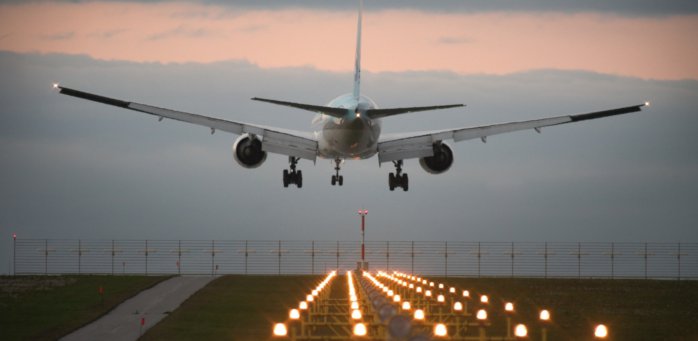It was a quiet flight, back in January 2004. The Fokker F70 of the Austrian Airlines was on its way from Vienna to Munich. The passengers, almost without exception business men, drank their coffee and read newspapers. But during the landing approach the pilot suddenly noticed that there were problems with the engines.
 (Photo-Credit: Herbert Kratky by Fotolia.com)
(Photo-Credit: Herbert Kratky by Fotolia.com)
It was a quiet flight, back in January 2004. The Fokker F70 of the Austrian Airlines was on its way from Vienna to Munich. The passengers, almost without exception business men, drank their coffee and read newspapers. Everything seemed normal. But during the landing approach the pilot suddenly noticed that there were problems with the engines. The engine power was reduced to one third. Shortly before landing, the pilot knew: There would be no normal landing. A snow-covered field near the village Reisen, around 4.5 kilometers east of Munich’s airport seemed the best option for an emergency landing. He radioed the tower: “I won’t make it to the runway.” A few minutes later, the plane landed on the icy field. After 220 meters, the machine came to a halt. Miraculously, nobody was seriously hurt.
The ice avoided a catastrophe
The subsequent investigation revealed, among other things, that the frozen ground had prevented the worst. Due to the freezing of the field the aircraft didn’t drill in the ground, but slid across it. The ice did its best. In normal flight operations however, the situation is different. Runways covered by ice are a serious risk for aircrafts. Considering that the landing speed of an average commercial airliner is 200-270 kmh (125 -170 miles per hour), weighing 50 tons, one can easily imagine what happens when the tires start to slip when landing. The aircraft is as unpredictable as a projectile. Associated with great danger for the passengers but also for other aircraft on the ground.

Airport Frankfurt Hahn – Germany – Lufft WS600-UMB
Predictions of aquaplaning and icy roads
The high frequency of taking offs and landings at airports around the world, requires that pilots and ground personnel are constantly informed and fully aware of the ground conditions. Lufft has particular expertise when it comes to predicting the conditions on paved surfaces. It is now possible to analyze the size and thickness of raindrops. Not in the lab, but on the street. Lufft road sensors using radar technology are able to determine the actual water film height in front of the car on the asphalt. The same applies to the design of icing. Thus, the winter maintenance service can be planned ahead and the quantities of de-icing agents can be precisely determined. The risks due to fog, as well as the danger of sudden gusts of wind or black ice can equaliy be determined. Lufft thus ensures that the contact between the tire and the asphalt doesn’t turn into a slippery challenge.



